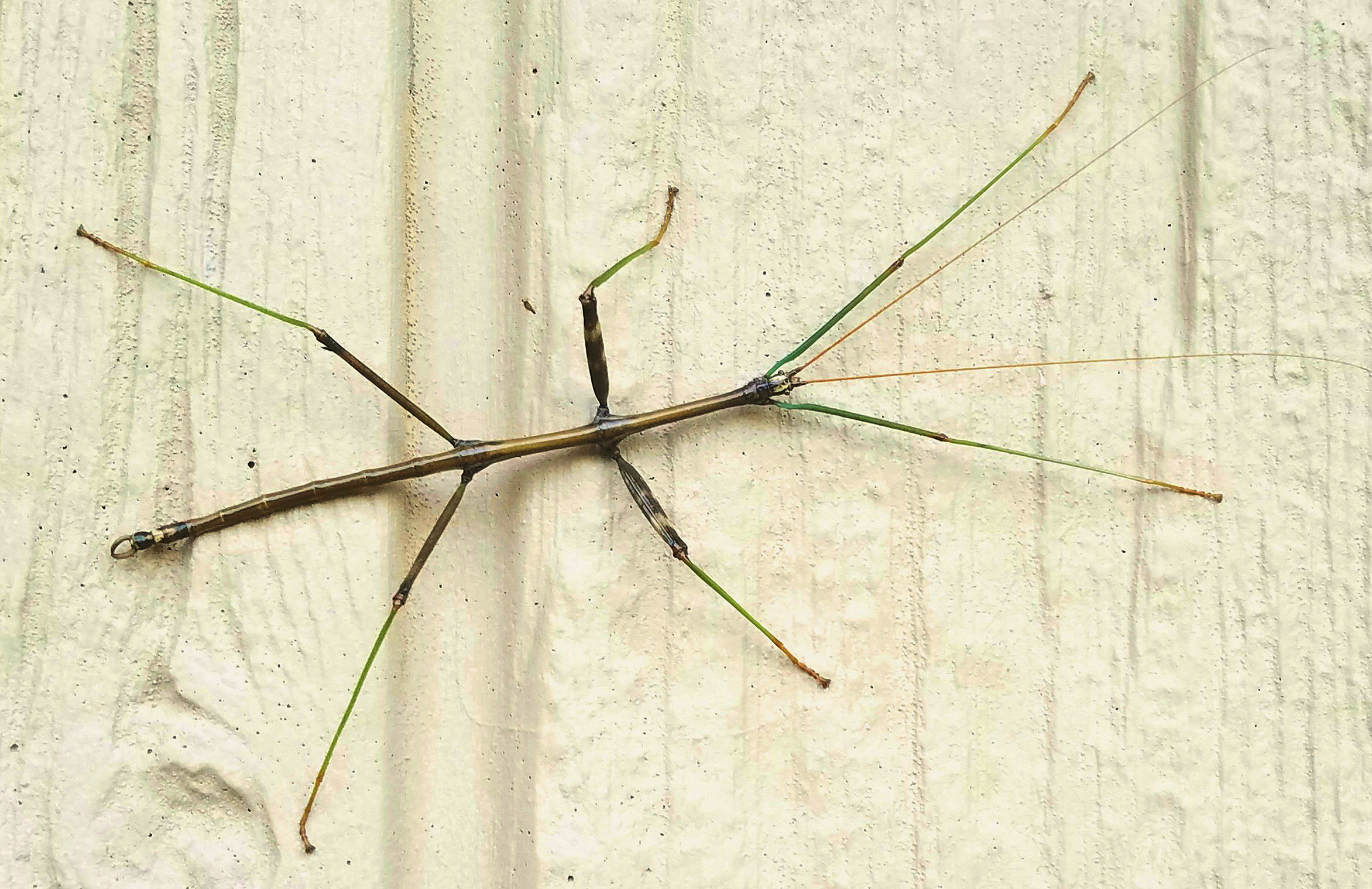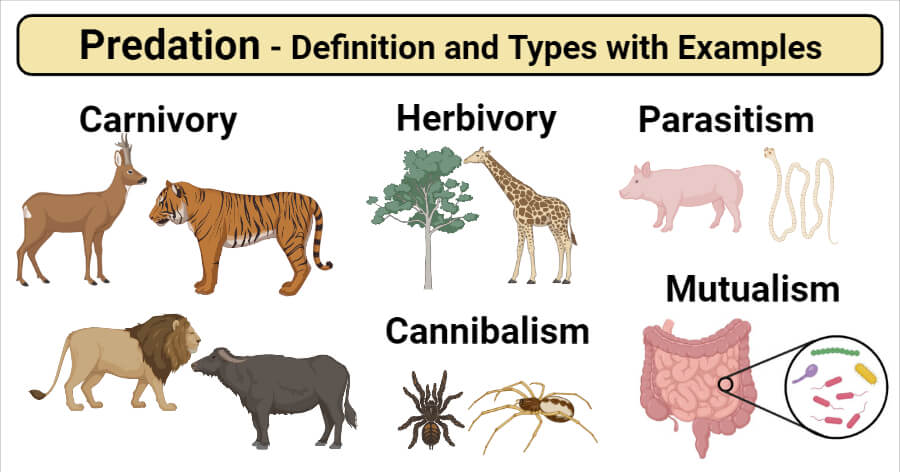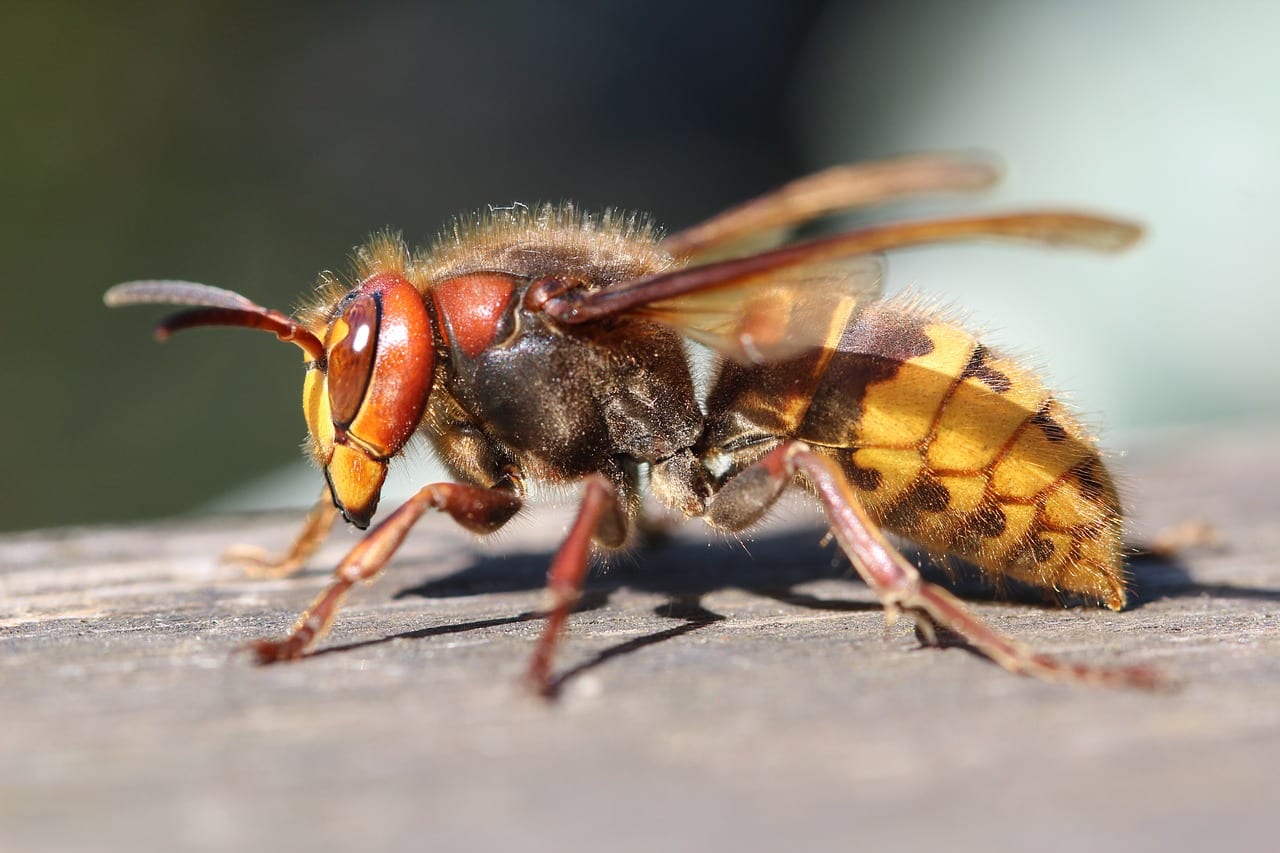Describe Mechanisms Animals Use for Defense Against Predators
Herbivores adaptations to plant defense have been likened to offensive traits and consist of those traits that allow for increased feeding and use of a host. For instance creepy crawlies and toxic snakes utilize venom to deaden their prey and to dissuade their predatorsSome prey species dishearten predators with synthetic substances that are noxious.

The Science Of Winter Adaptations Survival Survival Body Heat Survival Prepping
The deep-sea squid known as Octopoteuthis deletron has a startling defense mechanism.

. Up to 24 cash back Defense Mechanisms. Defecation is a common. Both plants and animals have defense mechanisms against predators.
7 Impressive Animal Defense Mechanisms. Herbivores are dependent on plants for food and have coevolved mechanisms to obtain this food despite the evolution of a diverse arsenal of plant defenses against herbivory. Poison dartarrow frogs families Aromobatidae and Dendrobatidae have evolved an ability to sequester potent toxins from their diet which they use for defense against predators.
Fish also use groups to confuse predators. Another defense mechanism is camouflage or protective coloration. Sea Cucumbers will often shoot their intestines and organs at an enemy to disorient them and escape.
Sometimes the same principle occurs with senses other than sight. 15 Animals With Bizarre Defense Mechanisms 1. A few predators utilize concoction fighting to assault their prey.
In the early 90s experts discovered the incredibly clever way that the mimic octopus utilizes when it feels under attack. One of the most horrifying defenses is performed by the Texas horned lizard also known as the horny toad. Giraffe also use their hooves to defend themselves.
Steve SlaterCC-BY 20. It is called evisceration or autotomy the removal of your own body part. Defenses may be mechanical chemical physical or behavioral.
Many plants produce secondary metabolites known as. Plant defense against herbivory or host-plant resistance HPR describes a range of adaptations evolved by plants which improve their survival and reproduction by reducing the impact of herbivores. The Iberian ribbed newt has an amazing albeit disturbing way of evading predators.
It is native to the Indo-Pacific area usually found near Indonesia off the coast of Sulawesi. The cheetah is not as large and strong as most other predators it defends itself by avoiding confrontation and surrendering its prey to other animals. Animals use camoflouge and other tactics to defend off predators.
Mechanical wounding and predator attacks activate defense and protective mechanisms in the damaged tissue and elicit long-distancing signaling or activation of defense and protective mechanisms at sites farther from the injury location. In order to classify and understand these defenses we must first understand how animals fall prey to others. Herbivore adaptations to defences.
All different species of life have different ways of defending themselves. However several key strategies have evolved separately in multiple groups of animals. Anti-predator adaptations are mechanisms developed through evolution that assist prey organisms in their constant struggle against predators.
The Musk Oxen use their horns to ward off attacks by wolves and other predators. This type of adaption is known as thanatosis. A cheetah relies on its agility and.
When threatened it pushes its. When faced with danger some animals pretend to be dead. Camouflage is the most common color strategy.
Cheetah cubs protect themselves by hiding in thick bush. Rattlesnakes are a good example. The animal signals to predators that it is unpleasant to eat.
Warning sounds allow the animal to stay hidden. The predation pressures have driven the frogs evolutionary _____ and therefore natural selection of this group of frogs. Concoction fighting alludes to utilization of synthetic substance as a weapon for barrier reason.
Throughout the animal kingdom adaptations have evolved for every stage of this struggle namely by avoiding detection warding off attack fighting back or escaping when caught. Another species of octopus that has an unusual defense mechanism is the mimic octopus. Mechanical defenses such as the presence of thorns on plants or the hard shell on turtles discourage animal predation and herbivory by causing physical pain to the predator or by physically preventing the predator from being able to eat the prey.
When threatened the squid attacks its predator and then pulls away. The first line of defence consists in avoiding. Some defense reactions occur within minutes while others may take several hours.
Mechanical defenses such as the presence of armor in animals or thorns in plants discourage predation and herbivory by discouraging physical contact Figure 1914. These defenses may be mechanical chemical physical or behavioral. Up to 10 cash back As a result predator defenses are very diverse and are widespread across the animal kingdom.
Species have evolved numerous mechanisms to escape predation and herbivory the consumption of plants for food. One form cryptic coloration allows the. What are the most self-destructive defense mechanisms that animals use.
The relationship between predator and prey is a bit like a race for mutative defenses and attacks. They need crypsis to avoid alerting their prey and use the rattle to avoid being accidentally injured by large animals. Plants use substances such as polymers that reduce digestability to avoid being eaten.
Coloration is a common morphological defense that is often related to avoiding predator detection and attack Endler 1986 Endler 1991aCaro 2005. If attacked an adult cheetah can also use its speed to outrun other animals. Animal Defense Mechanisms Camouflage.
The Musk Oxen also use the herd to protect themselves. As soon as one develops a weapon or defense mechanism the other is working on an adaptation that allows them to prevent that mechanism from affecting them. The large males form a circle protecting the young and weaker inside.
Trickery can also be used. Plants can sense being touched and they can use several strategies to defend against damage caused by herbivores.

Wild Ways Animals Protect Themselves Forest Preserve District Of Will County

Wild Ways Animals Protect Themselves Forest Preserve District Of Will County

Painted Tin Animals The Buffalo These Hand Painted Sculptures Embody The Colour Creativity And Playful Nature Of African A Buffalo Painting Tin Art African

Wild Ways Animals Protect Themselves Forest Preserve District Of Will County

Create A Creature Animal Adaptations Animal Adaptations Teaching Adaptation Projects

Large Tin Sable Tin Art Sculptures Tin
Why Do Predators Only Attack Small Defenseless Animals Quora
How Do Prey Species Adapt To Avoid Their Predators Quora
Predation And Defense Biology Encyclopedia Plant Body Animal Cycle Life Make Common First

Predation Interaction Definition And Types With Examples

Nine Awesome Defenses Animals Use To Avoid Predators Animals Network

Animal Adaptation Powerpoint Engaging Adaptation Examples Https Www Teacherspayteachers Com Product Animal Adaptation Sh Adaptations Lesson Plans Zebra

These Animals Inspire Better Body Armor For Humans

Why Do Some Animals Have Spikes While Others Have Armor The Week

Animal Defense Against Predators Wildlife Defense Nat Geo Youtube

Animals Don T Just Flee They Make Surprisingly Careful Escape Plans Atlas Obscura
Why Do Predators Only Attack Small Defenseless Animals Quora


Comments
Post a Comment